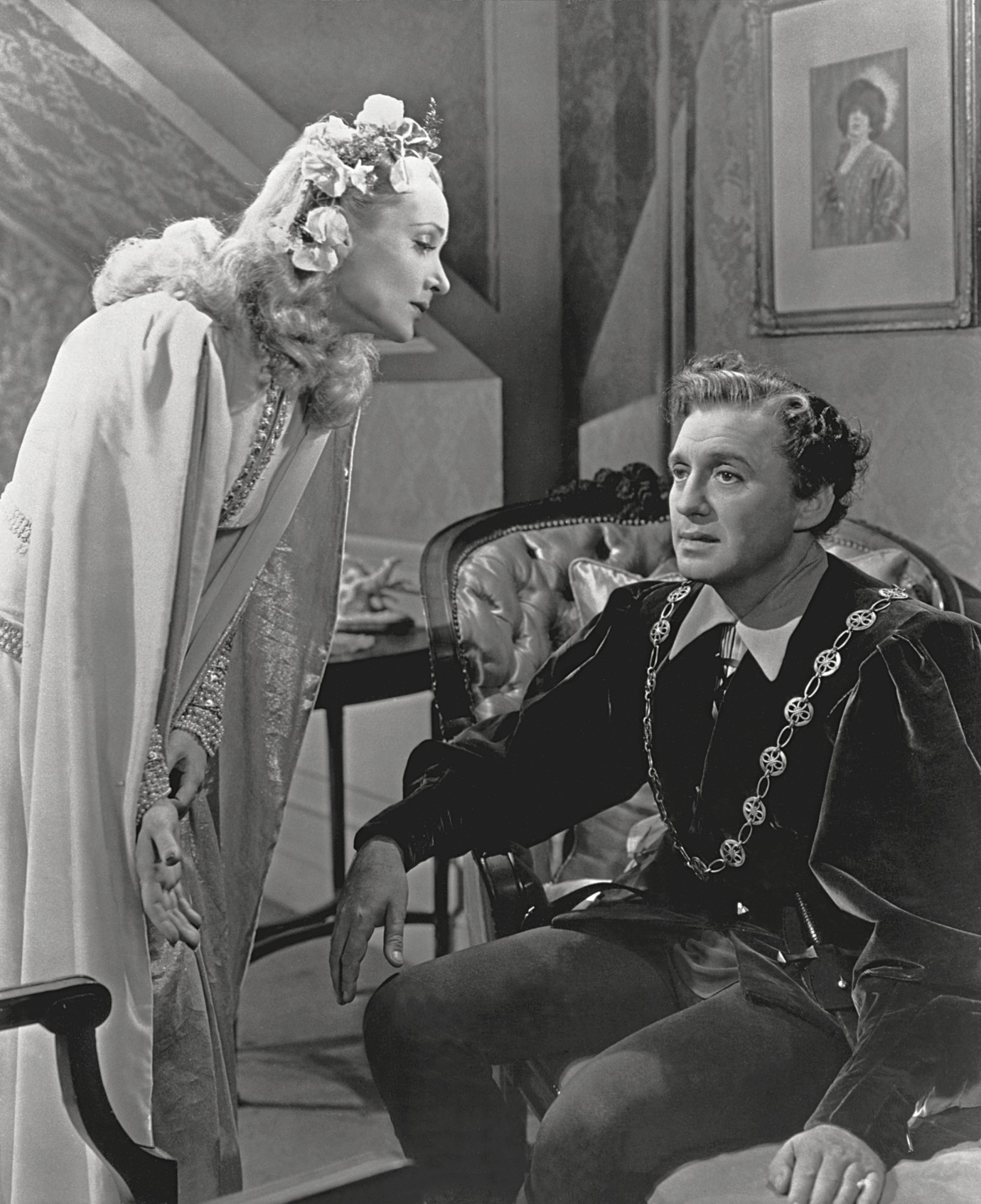To Be or Not to Be
Sein oder Nichtsein
Source: Deutsche Kinemathek

Carole Lombard, Stanley Ridges
To Be or Not to Be | Sein oder Nichtsein by Ernst Lubitsch
USA 1942, Retrospective
Source: Deutsche Kinemathek

Carole Lombard, Jack Benny
To Be or Not to Be | Sein oder Nichtsein by Ernst Lubitsch
USA 1942, Retrospective
Source: Deutsche Kinemathek

Charles Halton, Carole Lombard, Jack Benny
To Be or Not to Be | Sein oder Nichtsein by Ernst Lubitsch
USA 1942, Retrospective
Source: Deutsche Kinemathek
At the Theatre Polski in 1939 Warsaw, actress Maria Tura secretly meets young air force lieutenant Stanislav Sobinski while her husband is onstage delivering Hamlet’s soliloquy. But when Germans march on the city, the aviator flees to England to join the Royal Air Force. After the Nazis invade Poland, he inadvertently gives information about the Polish resistance to a Nazi spy posing as a professor. Sobinsky returns to Warsaw to try to make up for his mistake and eliminate the spy. Using costumes left over from a play titled “Gestapo”, the acting troupe is able to draw the Nazi occupiers into an ant-fascist charade and corner “Professor Siletsky” ... Ms Tura’s suggestion that she wear an evening gown for the concentration camp scene in “Gestapo” was an ironic reflection of the reputation of the actress playing her as Hollywood’s best-dressed woman. In her last screen role, Carole Lombard was also reflecting the attitude of her director, who came from a tailoring family. Ernst Lubitsch used décolleté as a weapon in this World War battle of the sexes. In the end, amid all the uniform costumes, the dress is what ultimately drives the spy “Professor” crazy.
With
- Carole Lombard
- Jack Benny
- Robert Stack
- Felix Bressart
- Lionel Atwill
- Stanley Ridges
- Sig Rumann
- Tom Dugan
- Charles Halton
- George Lynn
- Ernő Verebes
- Wolfgang Zilzer
- Edgar Licho
- Roland Varno
- Otto Reichow
Crew
| Director | Ernst Lubitsch |
| Screenplay | Edwin Justus Mayer based on a story by Melchior Lengyel and Ernst Lubitsch |
| Cinematography | Rudolph Maté |
| Editing | Dorothy Spencer |
| Visual Effects | Lawrence Butler |
| Music | Werner R. Heymann |
| Sound | Frank Maher |
| Art Director | Vincent Korda |
| Costumes | Irene |
| Make-Up | Gordon Bau |
| Producer | Alexander Korda, Ernst Lubisch |
Produced by
Romaine Film Corp. (An Ernst Lubitsch Production)
Additional information
Print: Cinémathèque suisse, Lausanne